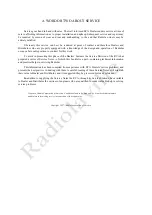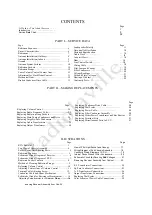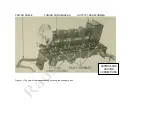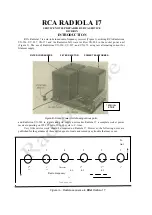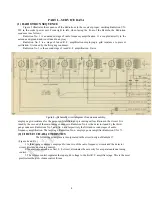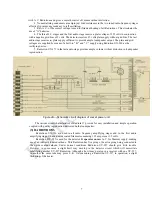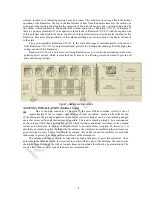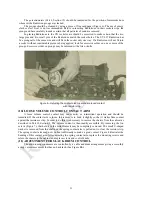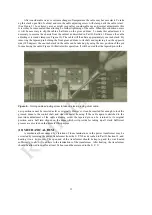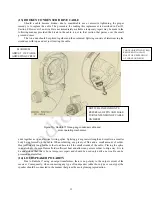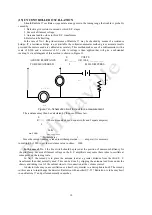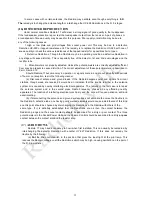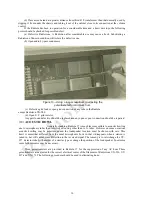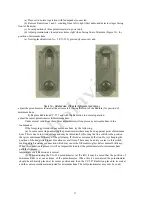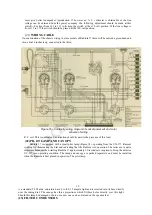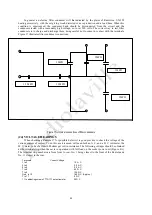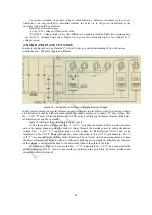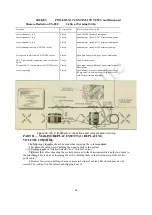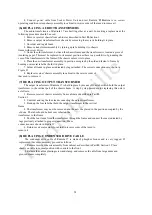
(b) Place antenna lead at a greater distance from third R. F. transformer than that normally used by
slipping it from under the chassis and taking it out of the cabinet close to its connection at the volume
control.
If the Radiola has been in operation for a considerable time and a howl develops, the following
points should be checked for possible defect:
(a) Defective Radiotrons. A Radiotron after considerable use may cause a howl. Substituting a
Radiotron of known condition will isolate the defective one.
(b) Open audio by-pass condensers.
Figure
13
—
Using a long screwdriver in adjusting the
potentiometer for minimum hum.
(c) Defective grid leak or open grid connection of any tube in the Radiola
except Radiotron UX-280.
(d) Open E. F. grid resistor.
Any part found defective should be replaced and any open or poor connection should be repaired.
(18)
ACOUSTIC HOWL
Generally speaking, Radiola 17 is much less susceptible to acoustic howling
due to microphonic tubes than receiving sets using other than A. G. tubes. However on some occasions
acoustic howling may be experienced and the loudspeaker location must be chosen with care. This
howl is somewhat different from the usual microphonic howl in that it disappears when a station is
tuned in, but still causes some distortion in the received signal. The remedy is to interchange the UY-
227. detector tube with another of a similar type or change the position of the loudspeaker. In extreme
cases both remedies may be necessary.
Three potentiometers are provided in Radiola 17 for the suppression of any AC hum These
potentiometers are adjusted for the correct electrical center of the filaments of Radiotrons UX-226, UY-
227 and UX-171. The following procedure should be used in eliminating hum:
16

